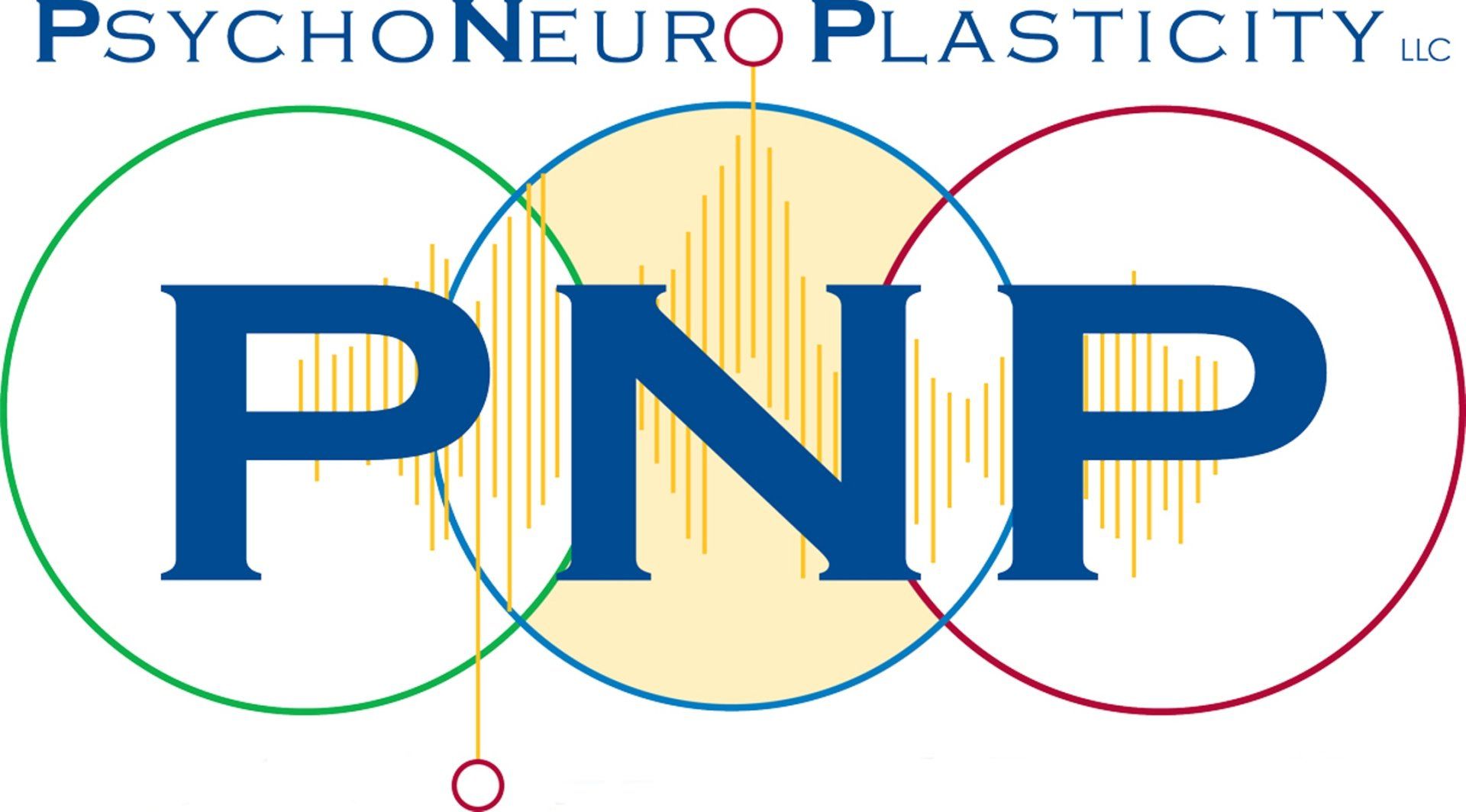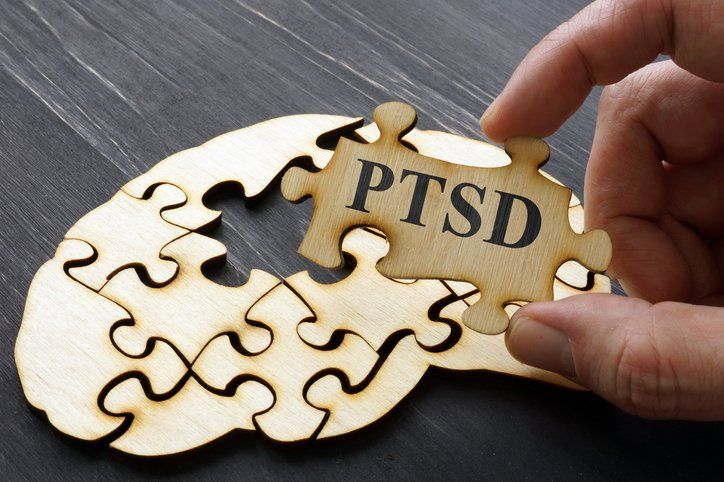Based on scientific foundation the treatment phase can be conceived as a multiple-step program. Although most people will note lasting results in fewer steps and some steps will be more important than others, the full PNP Center protocol will be described for clarity.
Step One: Control – The major complaint of individuals suffering from PTSD is lack of control. An individual can’t stop the thoughts of traumatic experiences, the nightmares, and usually can’t stop feeling emotional pain. This is what PNP coined a “stress storm” in which the individual feels trapped and often hopeless. Thinking and/or feeling like one is “going crazy”, often with reports of demons entering and controlling their minds, or restless and continuous thinking preventing joy and inner peace are prevalent.
Thought control or mental management skills can be taught with such exercises as breathing patterns, altering brain patterns directly with sonic and aroma influences, assuming body postures, acupuncture stimulation, cognitive therapy, mindfulness training and a number of other therapeutic educational approaches. These goals can be measured by clinical testimony, biofeedback, EEG differentials, or any number of objective cognitive tests.
Step Two: Release of Destructive Thought Habits - Often as the brain is vulnerable for destructive thoughts and inabilities to cope, the result is a tendency to use negative self-dialogue. Guilt, depression, anger and other emotions can create a trap that can only go downward in mood management and self-confidence. These myths and internal conversations have to be confronted, dismantled, and replaced with a positive sense of self. Forgiveness of self is also be addressed. Using brain language of ceremony, symbols, physiological calming, exercise, nutrition, and exercises of affirmation the individual learns to release or “cleanse” himself of emotional baggage.
Step Three: Activation of the “Warrior Brain” - As noted in the discussion on brain function, the frontal lobe has to be stimulated in order for effective problem-solving to take place. When convoluted thinking patterns break concentration and lead to self-destructive thinking, this phase becomes important. Help can be accomplished with positive thinking coaching, power breathing, posturing with rhythmic balance, chewing gum, exposure to the blue light, and reconstructing positive memory selection.
Step Four: Balancing and Connection – This step involves balancing the brain so it can begin to coordinate with and within itself. In clinical terms, this is finding "the self". In essence, what is being accomplished in problem-solving terms is finding peace in challenges. This step is accomplished through self-confidence builders, creating inner communication networks with sound and body movements, and getting in touch with self- authenticity and one’s strengths.
Step Five: Stepping Out of Depression – Depression is often a normal step of recovery, however when depression becomes incapacitating or lengthy healing steps are needed. Although this step might have been accomplished earlier, there is the tendency, especially among women, to turn inward for nurturance. Men may express depression with more irritability. By trying to protect themselves, one often does not find the compassion from their vulnerable brains. It is important to learn how to energize the brain with positive frequencies and create a life plan to earn the joy and accept the honor and privilege of life. Through correct brain stimulation into the joy centers, the spirit of life can find optimistic hope for the future.
Step Six: Sleep and Restoration – Too often the restless brain can become its own worst enemy and insomnia is the chief complaint leading to the fatigue and depressions that occurs. The brain and body require restorative rest for healing to occur, but much of these skills were never learned in life. Through associative learning and an ordered process, the individual will learn to sleep with quality and duration that will result in less physical and mental stress or pain.
Step Seven: Reconnection with Others – When a person has been traumatized, there is a state of betrayal that has to be overcome, although the trauma may not even be anyone’s fault. It may be of a variety of loneliness in which no one understands the emotional upheaval that has taken place or it might be that the individual feels so isolated in experience. Fears can be manifested here on both sides of a relationship. This step is the reentry back into the community. It is most helpful when all parties can participate, but this may not be available. The individual has to learn how to trust, whom to trust and how to be aware of and protect sensitivity from behaviors of withdrawal and hostility. These phases can be accomplished through listening skills, expression of feelings-not situations, and activities which “grows” relationships.
The Spiritual Aspects of Challenging PTSD – How PTSD can actually serve as a spring board to higher realizations and skills. Experiences can make one stronger or weaker, spiritually. It is the mark of healing when at least one positive conclusion can be made from the experience.


